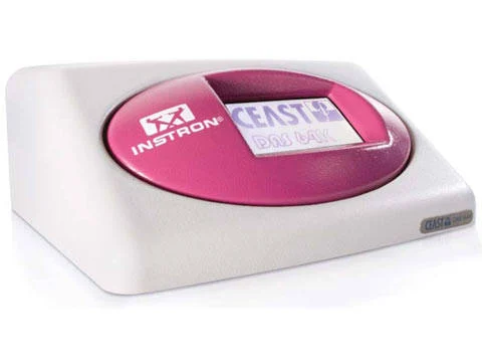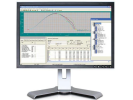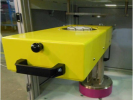ISO 6603 – ASTM D3763: Quick impact at low temperature
Plastics are used in many products and applications so it’s important to understand how a material’s behavior is affected by the various conditions it is subjected to during use. Understanding how these conditions change the material’s impact properties requires testing it at different temperature and energy combinations. Commonly, plastics are tested at low temperatures by conditioning the specimen immediately before the impact. A standard solution for conditioning is a thermostatic chamber that uses liquid nitrogen to cool the specimen to the required temperature.
Today, the use of liquid nitrogen inside laboratories is becoming a safety issue due to the low temperature, especially in its gaseous return phase. In laboratories, it is common for operators to manage liquid nitrogen tanks. Unfortunately, there have been reports of incidents while refilling the liquid nitrogen, as well as flasks ruptures. For this reason, many laboratories are now considering a safer, less expensive alternative solution to liquid nitrogen, for example a small fridge.
For this test, we used a CEAST 9350 drop tower with optional High Energy system. The instrument was equipped with 22 kN piezoeletric tup, DAS 64k, and VisualIMPACTsoftware. The specimen was conditioned into the small fridge at -20°C and tested according to ISO 6603 and ASTM D3763. The impact velocity was set at 4.4 m/s and the time range for data acquisition was set to 10 milliseconds. The specimen is placed into the special fixture by the operator and the test is complete in in less than 10 seconds.
Through software analysis, we were able to understand the impact behavior of the material (fragile or ductile) and evaluated the absorbed energy, peak force, and total deformation. In this particular case, the specimen showed a fragile break. Most importantly, the total test procedure time was reduced, the customer saw a decrease in cost, and liquid nitrogen was not involved, ensuring the operator’s safety.
CEAST 9300 Series
Impact resistance is one of the most important properties for component designers to consider, as well as the most difficult to quantify. Impact resistance is a critical measure of service life and more importantly these days, it involves the perplexing problem of product safety and liability. With the combined experience of Dynatup® and CEAST, Instron® has more than 80 years experience in designing impact testing systems to simulate real-life impact conditions.
- Products
- 04/19/2011
- 1.72 MB
CEAST Data Acquisition and Analysis
The new CEAST DAS 64K is a state-of-the-art Data Acquisition System designed for impact testing instruments. Compatible
with the full range of CEAST impact testing systems, including pendulum type machines (CEAST 9000 Series) and drop towers (CEAST 9300 Series), it’s the key for instrumented impact testing. The DAS 64K also enables the data collection
from instrumented tups or hammers on older models and non-CEAST impact machines.
- Products
- 09/30/2013
- 519.99 KB




